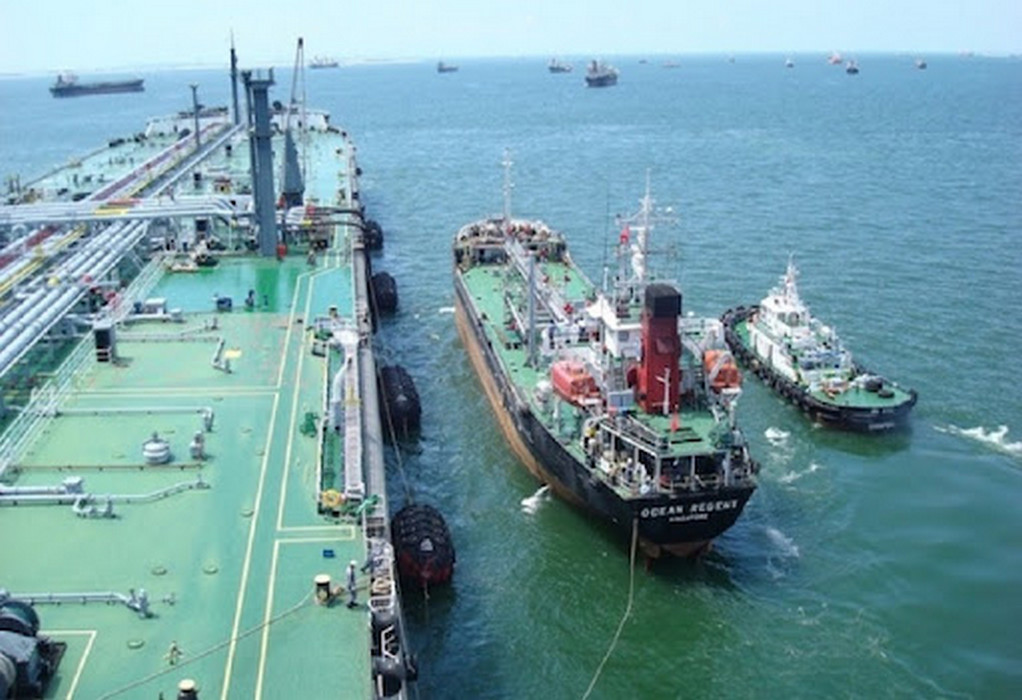The days of picking and choosing from a range of bunker fuels at ports are disappearing as geopolitics cause oil flows to shift, meaning shippers must plan more carefully ahead to ensure they can buy the fuel they need, according to TFG Marine.
Russia has been a key provider of 3.5% (high) sulfur fuel oil but following sanctions on its oil and with companies looking to avoid dealing with Russian counterparties, availability at some ports has become trickier while at others it has become more readily available. That has distorted traditional price premiums.
Russia’s export volumes have, though, held relatively steady. In November, it exported 2.17 million mt of fuel oil compared to a three-month average of 2.08 million mt, according to Kpler shipping data.
It is the direction that is changing: The Netherlands, which received 38,000 mt in February, has received none since August when traders became concerned about EU sanctions affecting the fuel, while the UAE received 40,000 in November compared to 9,000 mt in February, the Kpler data showed.
Fujairah has seen growing volumes of HSFO deliveries since European markets started avoiding buying Russian product, market sources said.
That has seen inventories at the Middle Eastern bunker hub rise and, in turn, prices fall significantly below those of Singapore in November. The two ports have traditionally seen prices much more closely aligned than at present.
The higher prices at Singapore have also been exacerbated by logistical bottlenecks at the port, although these have been dissipating and so the price spread may now decrease to an extent, according to market sources.
Tags: Bunkering, Oil, Russia Fuel, TFG Marine

Recent Posts
India grants approval for marine insurance cover to Russian tankers
Monjasa and Fuel Marine Oil Corp complete first biofuel bunker supply
Peninsula adds chemical tanker for biofuel supply
Bergen Engines joins Norwegian initiative for transition to alternative fuels
Indian Ocean, Bay of Bengal may serve as potential carbon storage sinks
ARIPL to power up 700 MWp solar project
Basin Electric Power CO2 capture projects receive funding
FHWA announces grants to help reduce truck air pollution near ports